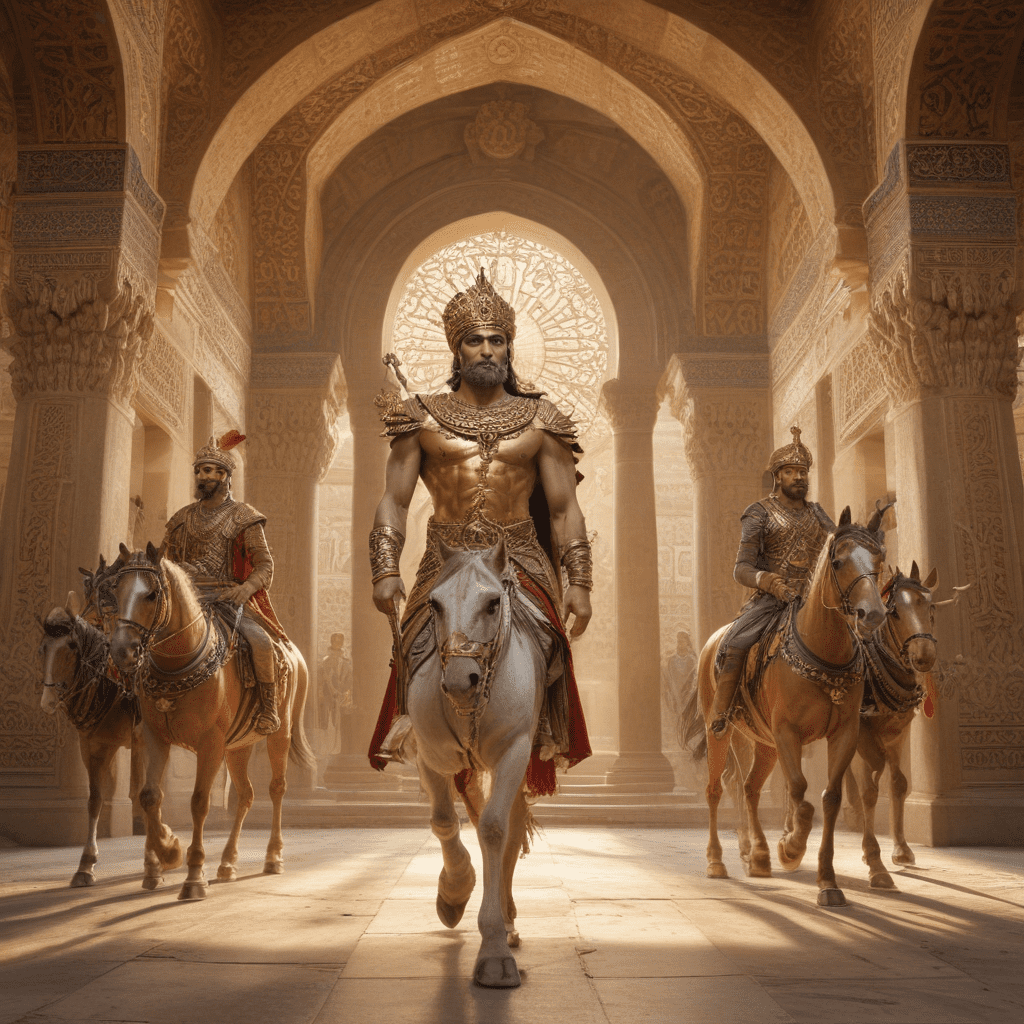The Mythological Kings of Ancient Persia
1. Introduction
The ancient Persians, like many other cultures around the world, possessed a rich and vibrant mythology. These myths served to explain the origins of the universe, the nature of humanity, and the moral order of the cosmos. They also provided a sense of identity and purpose for the Persian people, solidifying their cultural bonds and traditions.
This article delves into the fascinating world of Persian mythology, focusing on the legendary kings who played a pivotal role in shaping the nation's history and identity. We'll explore the importance of mythology in ancient Persia, delve into the lives and deeds of key mythological kings, and examine the legacy they left behind.
So, join us on a journey through time and imagination as we explore the mythical landscape of ancient Persia and meet the legendary kings who continue to captivate audiences today.
2. The Importance of Mythology in Ancient Persia
Mythology played a crucial role in ancient Persian society, serving various functions that contributed to the cultural and social fabric of the civilization. Here are some of the key reasons why mythology was so important:
Explaining the Unexplained: In an era of limited scientific understanding, mythology provided answers to questions about the creation of the world, natural phenomena, and the human condition. Myths offered explanations for the unknown, filling the gaps in knowledge and providing a sense of order and understanding to the world around them.
Preserving Cultural Values: Myths served as a repository of cultural values, beliefs, and traditions. They transmitted knowledge from one generation to the next, ensuring the continuity of Persian culture and identity. Through stories, rituals, and symbols, myths reinforced the importance of concepts like loyalty, courage, and righteousness.
Providing Moral Guidance: Myths often served as moral tales, teaching lessons about right and wrong. They demonstrated the consequences of good and bad actions, shaping societal norms and encouraging ethical behavior. The stories of heroes and villains reinforced the importance of upholding justice and virtue.
Unifying the People: Shared myths and legends fostered a sense of community and belonging among the Persian people. They provided common ground for individuals from diverse backgrounds, strengthening social cohesion and national identity. The shared stories and characters created a unifying bond, transcending differences and promoting unity.
Entertainment and Inspiration: Myths provided entertainment and inspiration to the people. They offered escape from daily life, sparked imagination, and fueled creativity. The stories of heroic deeds and epic adventures entertained audiences while also inspiring them to strive for greatness and emulate the virtues of their mythological heroes.
6. Zahhak: The Tyrannical Serpent-King
In stark contrast to the benevolent Jamshid, Zahhak stands as a symbol of tyranny and oppression. His reign is marked by cruelty and darkness, representing the forces of chaos and evil that threaten the cosmic order.
Zahhak's origins are shrouded in myth and legend. According to the Shahnameh, he was born from the union of a beautiful woman and Ahriman, the evil spirit who embodies darkness and destruction. From his shoulders grew two serpents, a



